The disappeared: Sri Lanka's missing persons
As Sri Lanka recovers from a bloody war against terrorist group the Tamil Tigers, a countless number of war victims who survived the atrocity are still questioning the Government’s victory in 2009, as they continue their desperate search for answers to who is responsible for their losses.
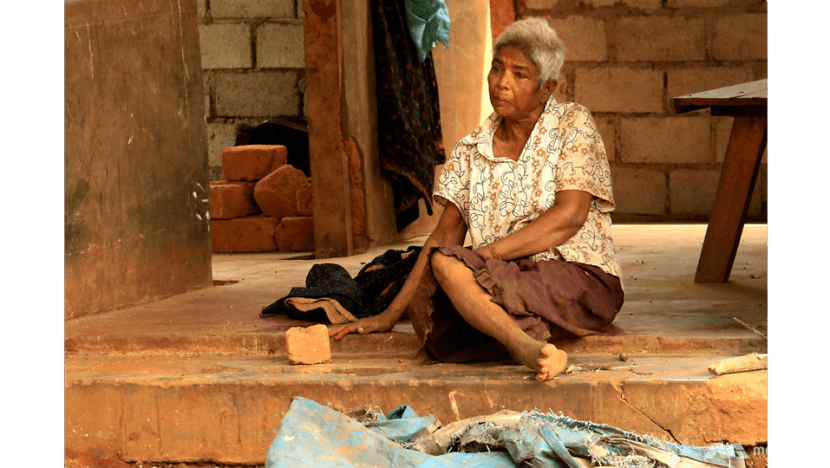
A Sri Lankan woman displaced by a war between the government and former terror group the Tamil Tigers. (Photo: Pichayada Promchertchoo/CNA)
JAFFNA, Sri Lanka: The summer monsoon air was hot and clammy as it swept through a small room inside an old building on the northern tip of Sri Lanka, filling it with the smell of the Indian Ocean.
Separating it from a sun-lit garden, a wooden door was left ajar to allow a fresh breeze and morning light for Joseph, as he recounted how his two sons-in-law disappeared without a trace at the end of Asia’s longest war, a 26-year battle between the Sri Lankan Government and separatist group the Liberation Tigers of Tamil Eelam (LTTE).
His real name has been withheld to protect his identity from what many locals fear: The invisible eye of Government surveillance.
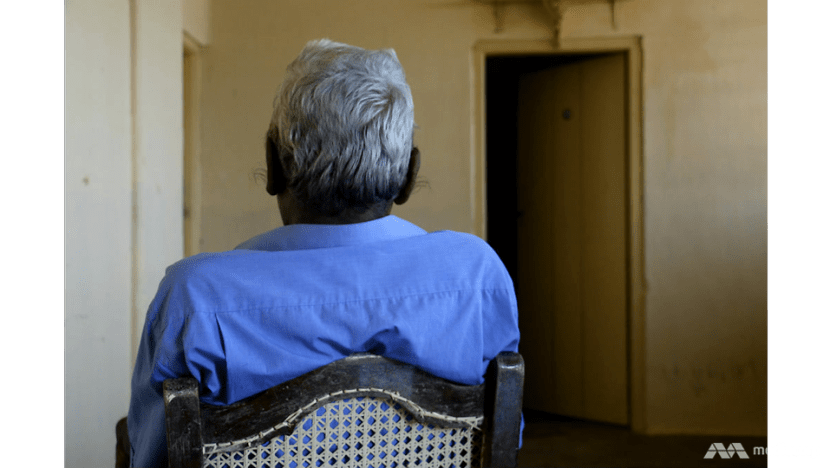
Joseph, father-in-law of two former LTTE cadres who disappeared after the war. (Photo: Pichayada Promchertchoo/CNA)
“With loud speakers, the army announced that all LTTE cadres should surrender. They said ‘If you surrender, we’ll rehabilitate and release you’,” said the Tamil pensioner in his seventies, recalling the moments at the end of the conflict. “We trusted the army and handed over the cadres.”
His sons-in-law never returned.
“Six years on, I've asked so many people, including ex-LTTE cadres who had been rehabilitated and released, whether they know anything about my sons-in-law. They all said no but also hinted I should know why they never came back.”
THE TAMIL TIGERS
Commonly known as the Tamil Tigers, the LTTE was an armed Tamil group. Since 1976, the group have fought to form an independent Tamil state, Tamil Eelam, in the north and east of Sri Lanka where nearly 80 per cent of the 20-million population are Sinhalese.
During their armed struggle, the Tamil Tigers “perfected” the use of suicide bombers and were labelled by the FBI as some of “the most dangerous and deadly extremists in the world”.
Their atrocities provoked violent retaliation from the Sri Lankan army, resulting in more than 80,000 casualties and displacing about one million civilians. According to Amnesty International, more than 7,000 non-combatants were killed and 13,000 wounded in the first half of 2009 alone.
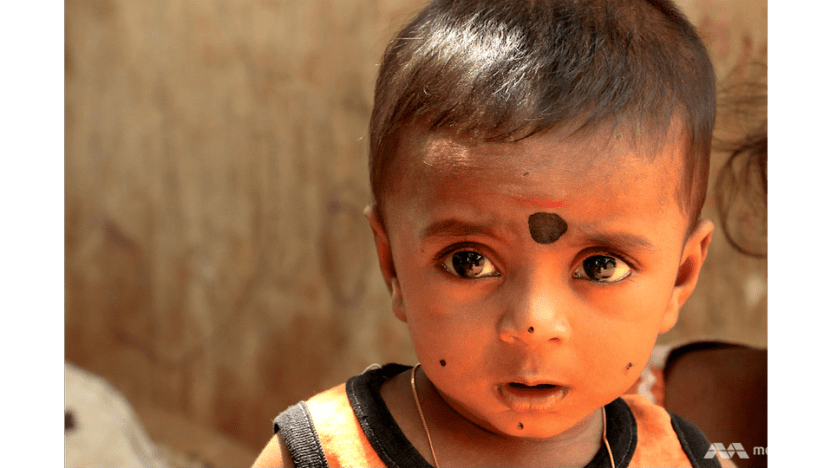
A child at a shelter for people displaced by the war in Jaffna. (Photo: Pichayada Promchertchoo/CNA)
That year, decades of bloodshed and brutality ended with the Tigers’ defeat. On May 19, 2009, then president Mahinda Rajapaksa declared victory over “murderous terrorism” after the army killed LTTE founder and leader Velupillai Prabhakaran and regained full control of the country.
“The hopes and expectations of the Sinhala, Tamil, Muslim, Burgher, Malay and all people of our country for several decades, to see a Sri Lanka that is free of murderous terrorism, have been realised,” he announced in the parliament.
On the same day, Joseph handed over his sons-in-law to the authorities, not knowing that would be the last time he ever saw them. “We reported to the International Committee of the Red Cross (ICRC), the United Nations Human Rights Council (UNHRC), many police stations and camps, asking for news of my sons-in-law but we didn’t get any information,” he said.
“Some army officers told me, ‘Uncle, your sons-in-law were big LTTE fighters. They were also senior members of the movement. They could have been killed by the army’.”
Human Rights Watch accused the Sri Lankan Government of “widespread abductions and ‘disappearances’.”
“President Mahinda Rajapaksa, once a rights advocate, has now led his Government to become one of the world’s worst perpetrators of enforced disappearances” said Elaine Pearson, former Deputy Asia Director at Human Rights Watch.
“MADE-UP STORIES”
Six years after the war, life has staggered back to normal in the battle-scarred city of Jaffna. Roads have been repaired and demolished buildings restored. Its world-renowned public library, a classic neo-Mughal structure once hailed as one of the largest libraries in Asia, has opened its door to readers after being set ablaze by pro-Government mobs in the lead-up to the armed conflict.

Jaffna in northern Sri Lanka where Asia's longest war was fought. (Photo: Pichayada Promchertchoo/CNA)
But if one takes a closer look at the likes of Joseph, whose story is hardly uncommon in the Tamil-dominated region, “the inner change has not taken place,” said Father SVB Mangalarayah. He is working for the Human Development Centre (HUDEC), the Catholic Church’s social arm, which provides assistance to local communities, including those affected by the war.
“At least 15,000 to 20,000 people have disappeared during the war or even after the war,” he said. “Especially the people who have been handed over to the army for being members of the Tigers or having assisted the Tigers.”
For former Commander of the Sri Lankan Army General Daya Ratnayake, however, the alleged disappearances of Tamil freedom fighters are simply made-up stories whispered by anti-Government groups.
“When they were taken into the rehabilitation process, none of them, I can assure you with responsibility, went missing,” said General Ratnayake, who served as Commissioner General of Rehabilitation for former LTTE combatants. “From point zero to the end, we have records of what they went through, how they were taken in.”
“These are false allegations. Made-up stories.”
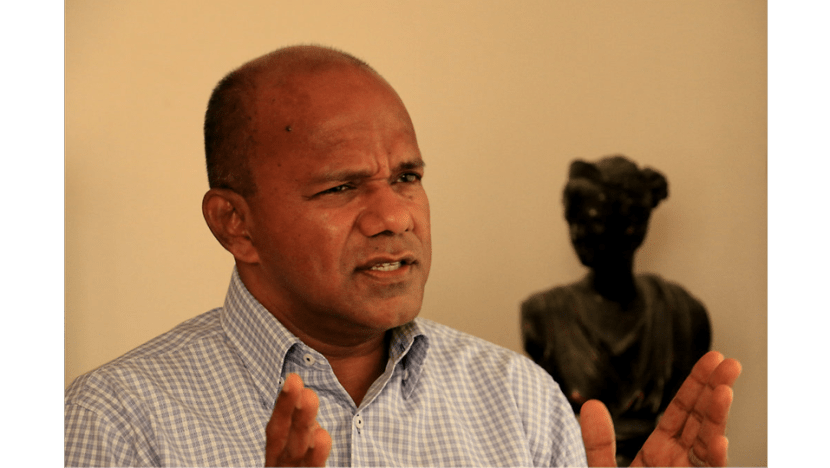
Gen Daya Ratnayake, former Commander of the Sri Lankan Army. (Photo: Pichayada Promchertchoo/CNA)
Following the end of the war, an estimated 12,000 LTTE cadres entered the state-run rehabilitation process. Some were taken by force while the majority, encouraged by the Government’s promise of release, turned themselves in. Around 700 of them were child soldiers and 2,000 were female combatants.
Their transfer to 28 rehabilitation facilities was, according to the ex-army commander, “very transparent”.
“The ICRC and various international organisations have been monitoring all these things,” he explained. “If anyone is handed over to the police or the army, it has always been documented. It has been recorded.”
UNANSWERED QUESTIONS
In Sri Lanka, disappearances are a big issue. In fact, the island nation had the second largest number of non-clarified cases of disappearances in the world after Iraq, based on the UN Working Group on Enforced or Involuntary Disappearances report in 1999.
“Although a considerable number of criminal investigations have been initiated in relation to disappearances which occurred some ten years ago, only very few of the suspected perpetrators have actually been convicted,” the report claimed.
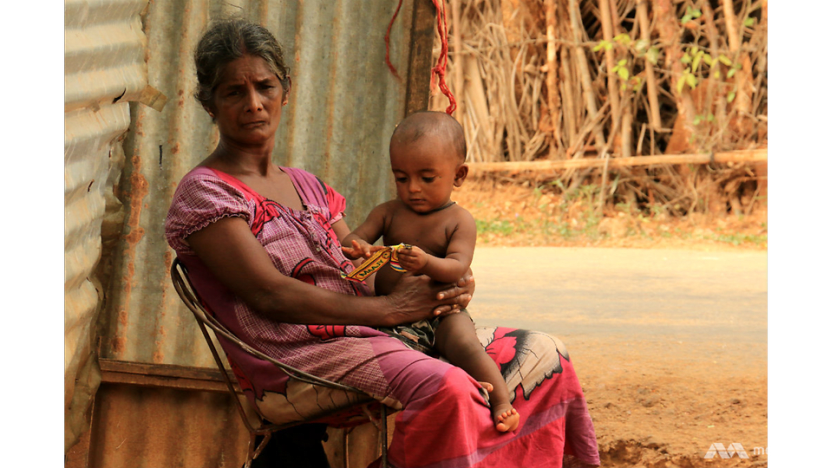
A woman and a baby inside a shelter for internally displaced persons in Jaffna. (Photo: Pichayada Promchertchoo/CNA)
“We’ve been very slow,” admitted Rajiva Wijesinha, former Secretary of the Ministry of Disaster Management and Human Rights under the Rajapaksa administration. “And, of course, if you’re slow, you’ll make people suspicious."
According to Mr Wijesinha, the Sri Lankan force did “a very good job” during the war and tried their best to abide by the international law. Still, he accepted that the Government has not done enough in addressing war crimes allegations.
“There were allegations of killings of some of the surrendered. I believe that should have been looked at more carefully and I think the Government made a great mistake in not doing this," he said.
“Whatever is wronged by our own people should be corrected and we haven’t done enough of that,” Mr Wijesinha added. “We have to insist on transparency and accountability.”
Pressured by the international community, Mr Rajapaksa appointed in August, 2013 the Presidential Commission on Missing Persons to probe into disappearances, abductions and arbitrary arrests allegedly occurring during the war. By April, 2015 the commission received more than 21,000 complaints against security forces, the LTTE, armed groups and unidentified parties.
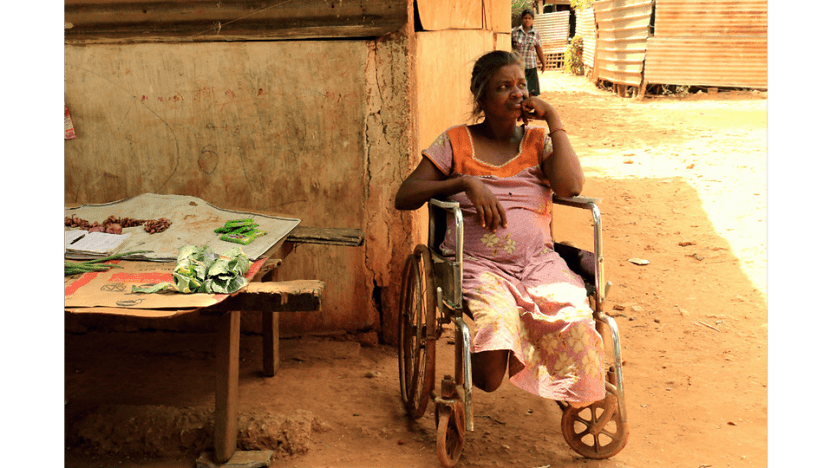
A handicapped woman displaced by the war. (Photo: Pichayada Promchertchoo/CNA)
But many war victims are still waiting for explanation, justice and accountability for the crimes committed by both the Government and rebels.
“There have been a lot of noises. There have been a lot of promises and initiatives. But again, real tangible change has not happened,” said human rights lawyer and activist Bhavani Fonseka.
“Granted one can’t rush these things. You need time. But for people on the ground, they need answers. They need to know where their loved one is.”
ROAD TO CLOSURE
As their search for answers continues, Sri Lankans witnessed on Jan 8 a phenomenon many had thought they would never see. Mr Rajapaksa, whose reign has been linked with war crimes and crimes against humanity, was toppled by his former Health Minister Maithripala Sirisena in a presidential election.
The new President pledged a domestic probe into war crimes allegations, while urging the UNHRC to continue its international inquiry due for publication in September. For many, it seems the heavy fog shrouding the road to justice has finally started to clear.
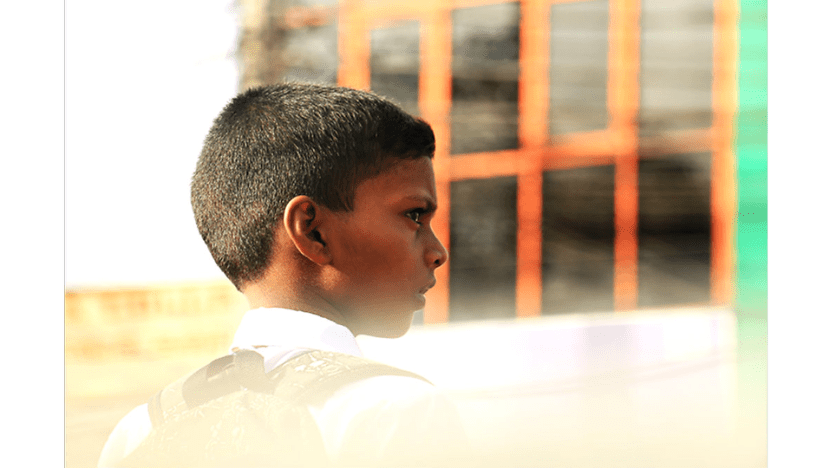
A young resident of Jaffna. (Photo: Pichayada Promchertchoo/CNA)
“One of the main improvements is the fact that this Government said things had happened,” said Ms Fonseka. “The previous Government kept the mindset that there is zero civilian casualty and it was a humanitarian operation. So the rhetoric changed, I think. That was a major improvement.”
Still, a lot needs to be done. With the parliamentary election on Aug 17, many Sri Lankans hoped that the new Government and President Sirisena would move from promises to real actions that address issues of truth, justice and reparations.
In Jaffna, the sun was climbing higher in the sky. Gentle breezes continued to drift through the old building by the sea, where Joseph sat thinking about his sons-in-law.
“My sons-in-law did wrong things in the past. They could be punished. After their punishment was complete, they should be released or at least shown to us,” he said.
When asked what he hoped a new Government might bring later this month, the old man paused briefly before his reply.
“Nothing.”
The Disappeared is the first part of a digital series on Sri Lanka six years after the war. The series will be released daily until Aug 17.












